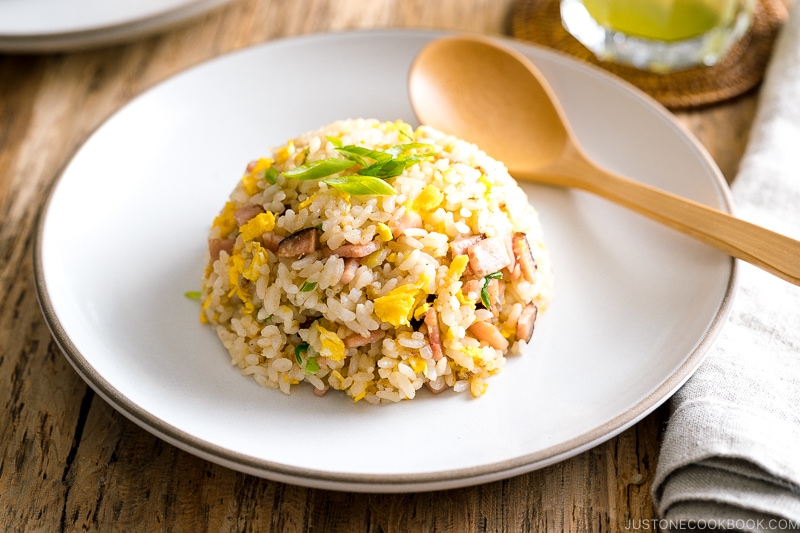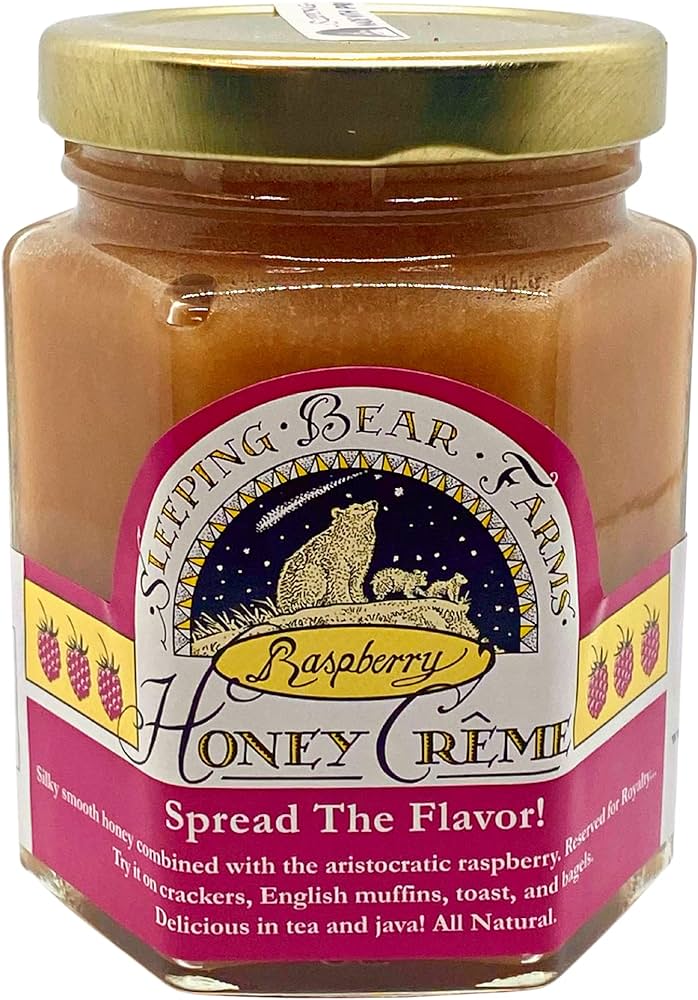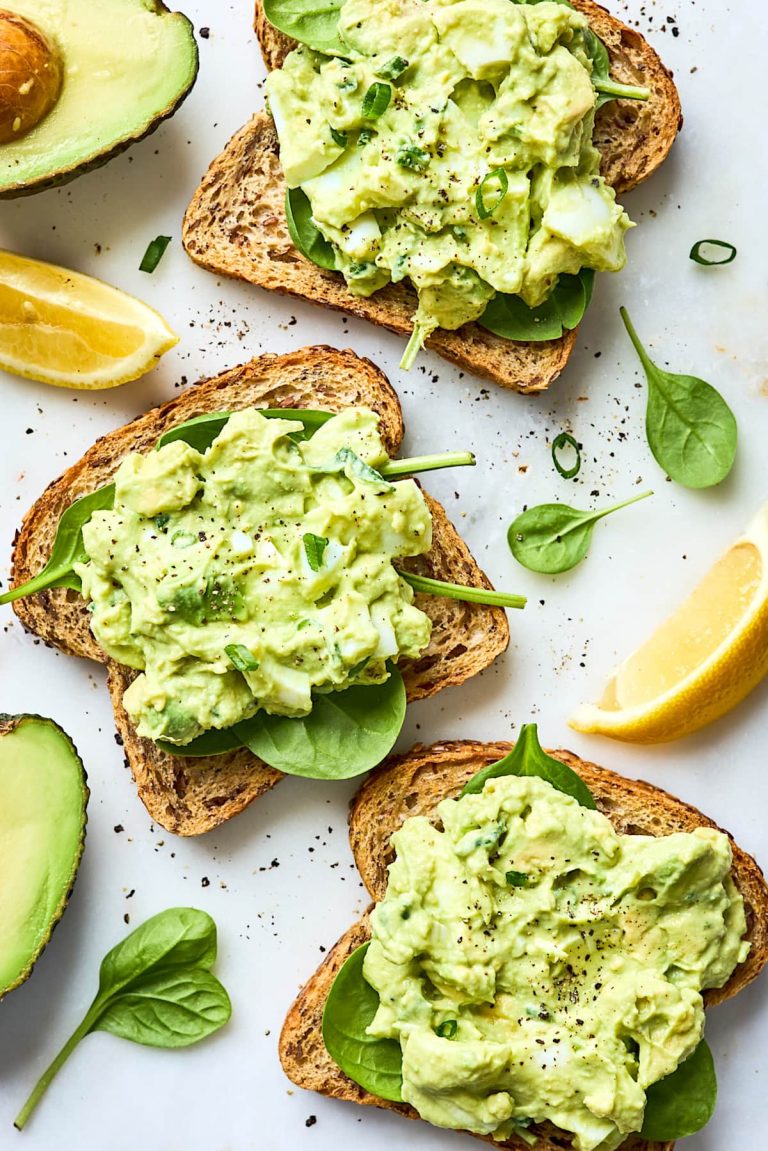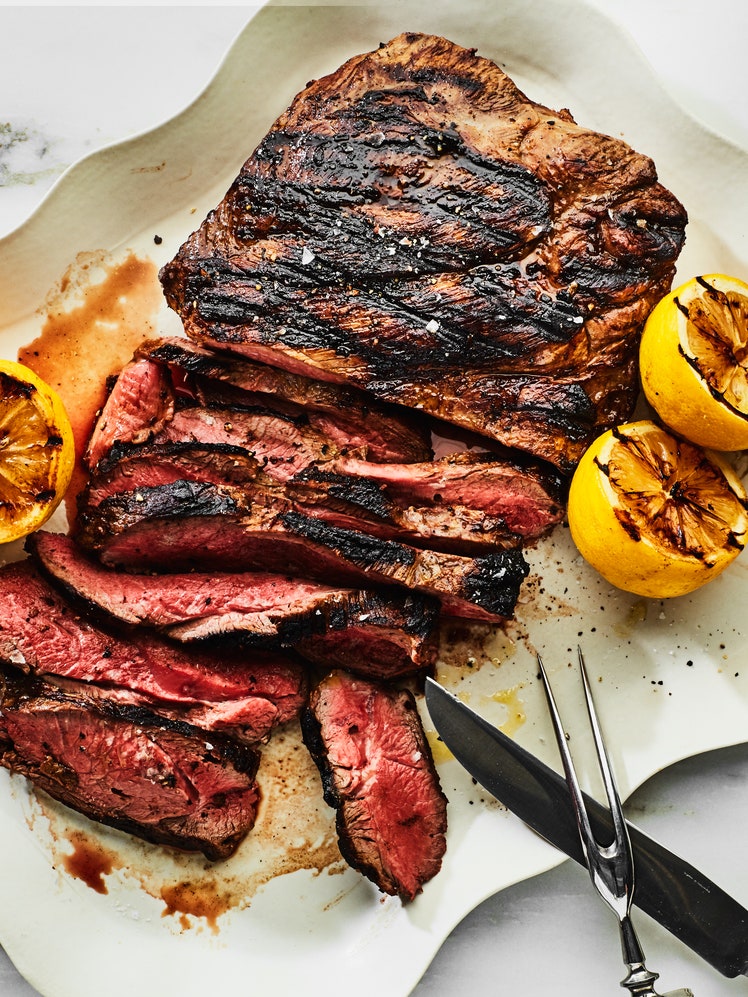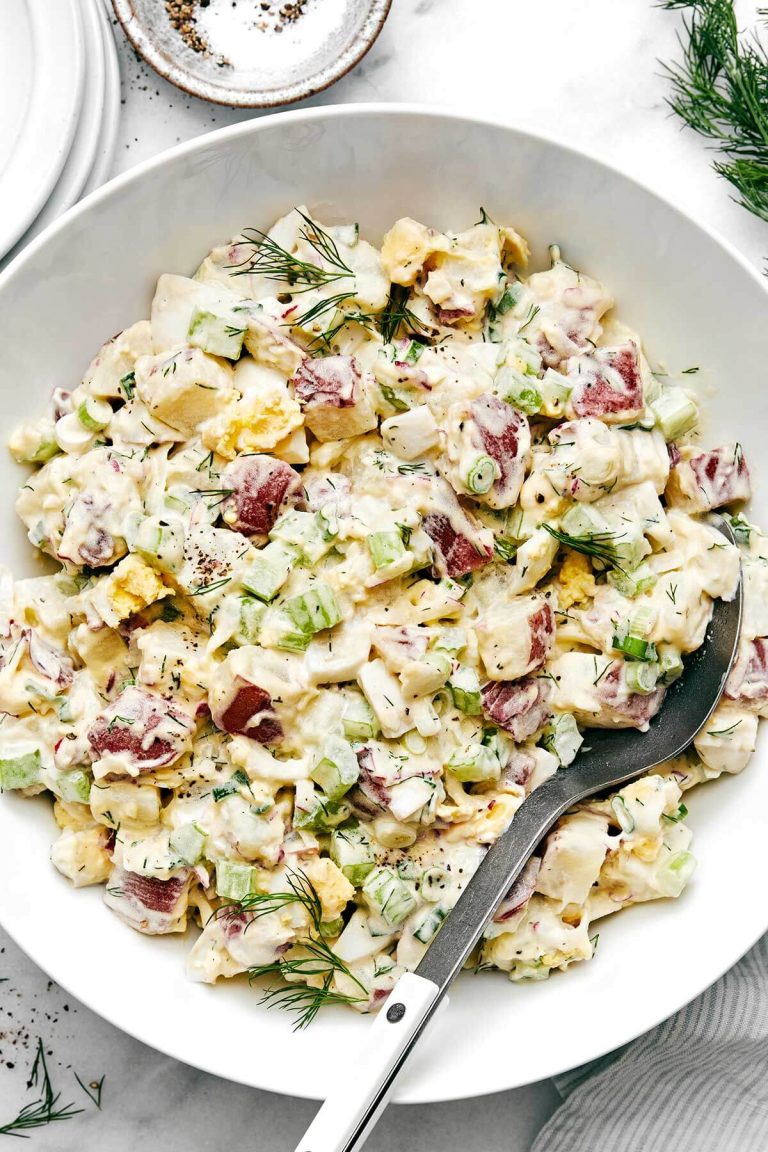Japanese Fried Rice Recipe: Step-by-Step Guide to Perfect Chahan or Yakimeshi
Japanese fried rice, known as “Chahan” or “Yakimeshi,” originated from China and reached Japan via trade and cultural exchanges during the late 19th century. With a foundation in Chinese Chaofan, the Japanese version embraces local ingredients and flavors. Elements like Japanese soy sauce, mirin, and dashi uniquely define Japanese fried rice, setting it apart from its Chinese counterpart. Additionally, seasonal vegetables and a variety of proteins, including chicken, shrimp, and pork, often enhance the dish’s complexity and taste.
Comparison With Other Asian Fried Rice Dishes
Japanese fried rice stands apart from other Asian fried rice varieties like Chinese Chaofan and Thai Khao Pad. Key differences include the use of short-grain rice in Japanese fried rice, which results in a stickier texture compared to the long-grain rice used in Chinese and Thai versions. While Chinese fried rice often incorporates ingredients like oyster sauce and Shaoxing wine, Japanese fried rice relies on soy sauce and subtle seasonings, leading to a more delicate flavor profile. Thai fried rice typically features fish sauce and lime, adding a tangy note absent in the Japanese style. Therefore, Japanese fried rice offers a distinct taste and texture experience within the diverse world of Asian fried rice dishes.
Key Ingredients for Easy Japanese Fried Rice
Rice Selection and Preparation
Short-grain rice gives Japanese fried rice its characteristic stickiness, enhancing the overall texture and flavor. Cook the rice ahead of time, preferably one day before, and let it cool to room temperature. Cold, day-old rice prevents clumping and ensures even frying. Use less water than usual during cooking to avoid overly moist rice.
Essential Vegetables and Proteins
Include vegetables like carrots, onions, green peas, and scallions. These ingredients add color, flavor, and nutritional value. Dice the vegetables for uniform cooking. For proteins, add chicken, shrimp, or pork. Dice or slice proteins into bite-sized pieces for quick cooking. Marinade proteins with a mix of soy sauce, mirin, and a pinch of sugar to enhance flavors.
Step-by-Step Guide to Making Easy Japanese Fried Rice
Cooking Techniques and Tips
Use a Wok or Large Pan: Frying in a wok or large pan ensures even cooking and allows you to toss ingredients easily.
Prepare Ingredients Before Cooking: Dice vegetables (e.g., carrots, scallions) and proteins (e.g., chicken, shrimp) into bite-sized pieces to ensure they cook evenly and quickly.
Use Cold, Day-Old Rice: Cold rice prevents clumping and helps achieve a perfect texture. Spread your cooked rice on a tray and refrigerate it overnight.
Cook Proteins First: Start by stir-frying marinated proteins (soy sauce, mirin, sugar) until they’re cooked through. Remove them from the wok and set aside.
Stir-Fry Vegetables: Cook diced vegetables in the same wok until they’re tender but still crisp. This step enhances the flavors.
Combine Ingredients: Add cold rice to the wok, breaking it up to prevent clumps. Mix in cooked proteins and vegetables, ensuring even distribution.
Seasoning: Add soy sauce and mirin to the rice, stirring consistently to coat rice evenly. Taste and adjust the seasoning as needed.
Add Beaten Eggs: Create a well in the center of the rice and pour in beaten eggs. Let them partially set before scrambling and mixing them into the rice.
Common Mistakes to Avoid
Overcrowding the Wok: Cooking too much at once can lead to uneven frying. Cook in batches if necessary.
Skipping Ingredient Prep: Failing to prep ingredients can slow down cooking and result in unevenly cooked components.
Using Hot Rice: Hot rice clumps and becomes mushy during frying. Always use cold, day-old rice.
Incorrect Protein Cooking Order: Adding raw proteins with other ingredients can lead to uneven cooking and undercooked proteins. Always cook proteins first.
Variations of Easy Japanese Fried Rice
Vegetarian Options
For a vegetarian take on Japanese fried rice, exclude meat. Add tofu, tempeh, or edamame for protein. Use a variety of vegetables such as carrots, green peas, bell peppers, and mushrooms. Each ingredient brings its own texture and flavor, enhancing the dish. Diced pineapple offers a sweet contrast. Use soy sauce and a touch of sesame oil for seasoning. Sprinkle with green onions or sesame seeds before serving.
Incorporating Different Proteins
Protein options extend beyond the traditional chicken and shrimp. Pork, beef, or turkey can be used. Thinly slice or dice the proteins for faster cooking. Marinade the meat in soy sauce, ginger, and garlic for additional flavor. If using seafood, like scallops or squid, cook for a shorter time to avoid overcooking. Eggs remain a staple, either scrambled and mixed in or cooked as a thin omelet and sliced. Sprinkle with nori strips or bonito flakes for a Japanese touch.
Serving and Pairing Ideas
Suitable Side Dishes
Complement Easy Japanese Fried Rice with a variety of side dishes to enrich your meal. Miso soup offers a warm, savory start, enhancing the rice’s flavors. Pickled vegetables, like tsukemono, add tangy and crunchy textures. Gyoza (Japanese dumplings), whether filled with pork, chicken, or vegetables, provide a satisfying contrast. For a fresher option, seaweed salad balances the rich flavors of the fried rice.
Recommended Beverages
Pair Easy Japanese Fried Rice with beverages that complement its savory profile. Green tea stands out as a refreshing choice, offering a light, earthy flavor. For an alcoholic option, sake complements the dish well, whether hot or cold. Additionally, Japanese beer, with its crisp and clean taste, makes an excellent accompaniment. For non-alcoholic options, try oolong tea or a citrusy yuzu drink to cleanse the palate.
Conclusion
Mastering Easy Japanese Fried Rice opens up a world of delicious possibilities right in your kitchen. With the right techniques and ingredients, you can create a dish that’s both satisfying and versatile. Whether you’re opting for a vegetarian version with tofu or adding marinated meats, the flavors are sure to impress. Don’t forget to pair your meal with complementary side dishes and beverages to elevate your dining experience. Enjoy your culinary journey with this delightful and easy-to-make Japanese classic!
